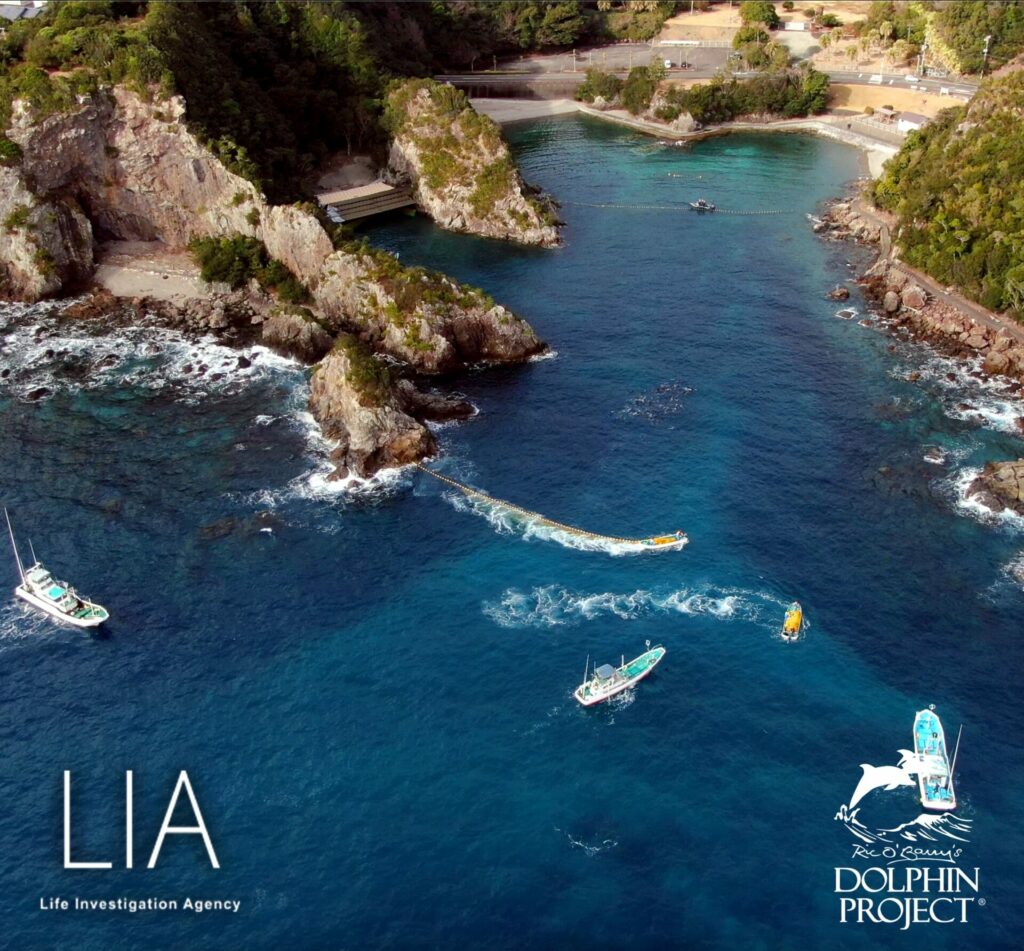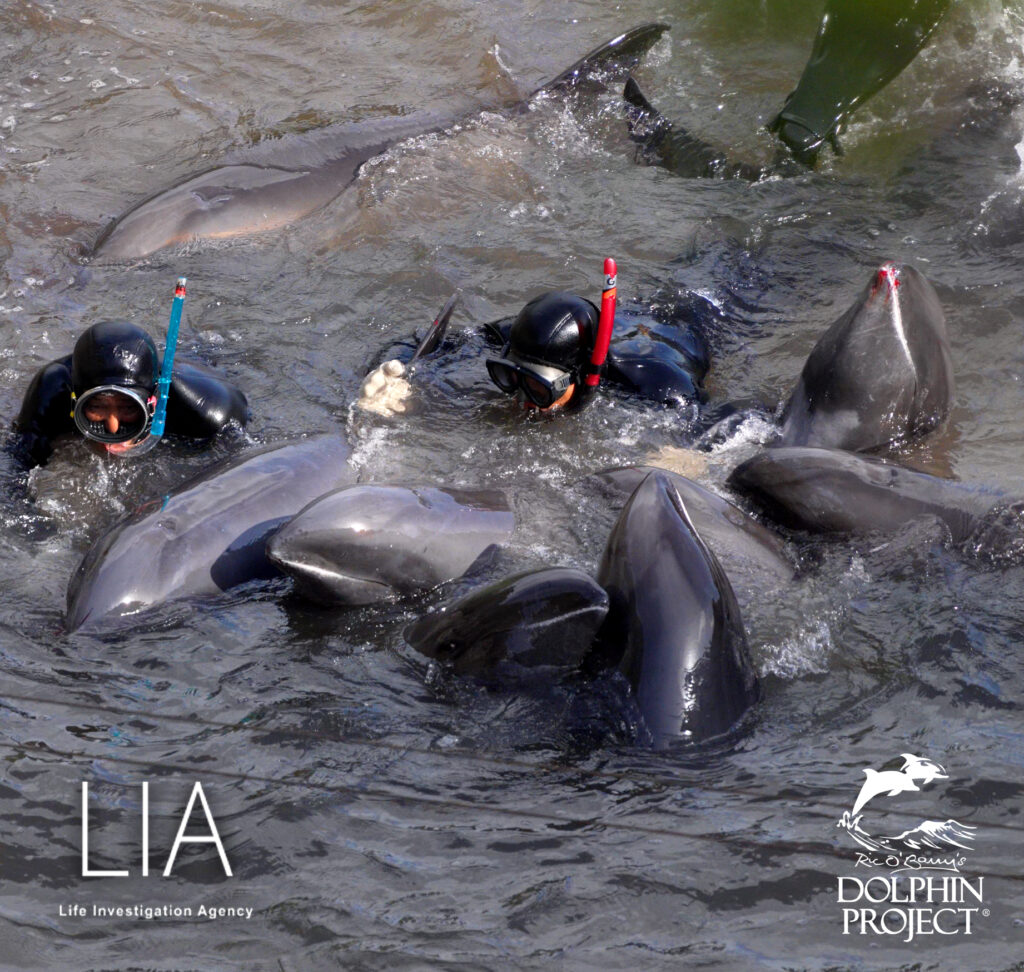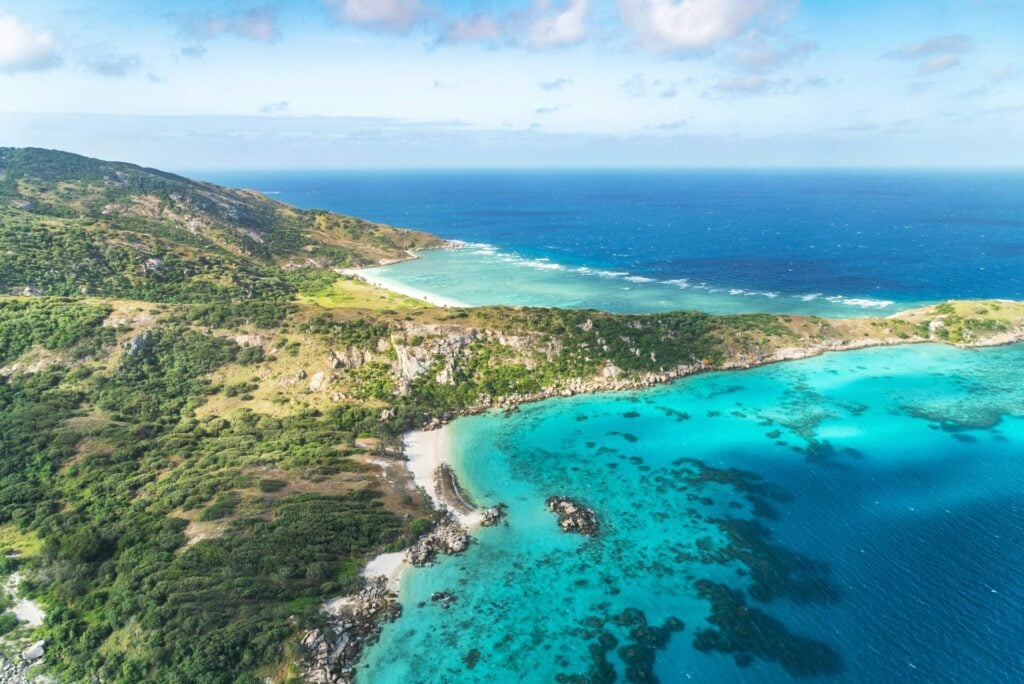This year’s annual Taiji dolphin hunt in Japan, which ended on the last day of February, has resulted in 33 wild dolphins captured alive for aquariums and at least 527 killed for meat.
Daily monitoring by Life Investigation Agency (LIA) and the Dolphin Project revealed 212 melon headed whales were killed, along with 134 striped dolphins and 130 Risso’s dolphins.
The largest number captured for exhibition in parks and aquariums was 30 bottlenose dolphins
The six-month dolphin hunt is authorised by Japan’s Fisheries Agency, but many animal welfare groups say it is cruel and unnecessary and call for it to be banned.
The agency, which regulates the hunt, sets an annual quota with this season being capped at 1,849, for both killed and captured.


The hunt takes place off the coast of the village of Taiji, nicknamed The Cove, in the Higashimuro District every year and starts on September 1st. Hunters herd large numbers of dolphins close to the shore, where they are then captured in nets.
Controversy over the hunting increased with the 2009 release of the Oscar-winning documentary The Cove, which detailed how the dolphins are pursued and killed in Taiji.
‘The traffic in captive “show dolphins” is the economic underpinning of the barbaric dolphin hunt. Everyone can help abolish this anachronistic practice by not buying tickets for dolphin shows.’
Ric O’Barry, a founder and director of the Dolphin Project, which has been campaigning against the hunting for years, appears in the film.
He said: ‘The traffic in captive “show dolphins” is the economic underpinning of the barbaric dolphin hunt in Taiji, Japan. Everyone reading this can help abolish this anachronistic practice by simply stop buying tickets for dolphin shows.’
Danny Groves, of the Whale and Dolphin Conservation (WDC) explained how the hunts are conducted.
Some of them, usually juveniles and calves, may be allowed to return to the ocean, alone, frightened and stressed. Most are not so lucky and are slaughtered for meat, which few people eat.’
He said: ‘The drive hunts in Japan are fundamentally cruel. Once a pod is spotted, fishermen bang on metal poles, creating an underwater curtain of noise, which confuses and disorientates the dolphins.
‘They are then herded or driven together to shore. Some of them, usually juveniles and calves, may be allowed to return to the ocean, alone, frightened and stressed. Most are not so lucky and are slaughtered for meat, which few people eat.’


The Dolphin Project also reported that the hunters killed an entire pod of 12 Risso’s dolphins.
It posted on Facebook: ‘Even though the Risso’s dolphin can dive to 1,000 feet and holds its breath for over 30 minutes, the Taiji hunters have developed techniques to confuse and panic dolphins, causing them to stay on the surface to breathe faster. This year the Risso’s have been a constant target of these hunters, making this the 11th time they slaughtered Risso’s this season. 108 Risso’s have been slaughtered so far this season.’
Dolphins Imprisonned
In addition, LIA investigated the total number of dolphins confined in Taiji at the end of the hunt last month, where they are either exhibited or offered up for sale.
The investigation showed that 151 dolphins are being kept by Taiji Municipal Development Corporation, 36 by Taiji Whale Museum, 42 by Dolphin Base, 16 by Dolphin Resort and 35 by Taiji Fishing Port in tiny pools or sea pens in Moriura Bay.
This represents a total of 280 dolphins of nine species imprisoned.
To learn more or take cation visit the Dolphin project here
For more articles related to animal welfare, visit our change section.










